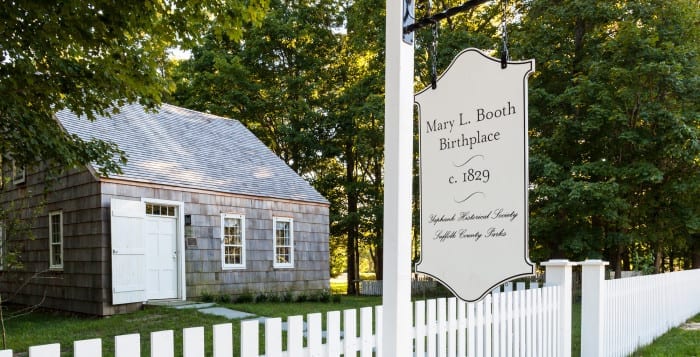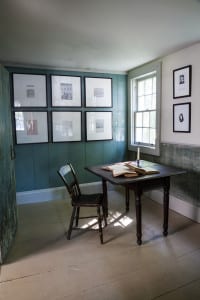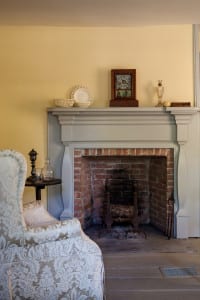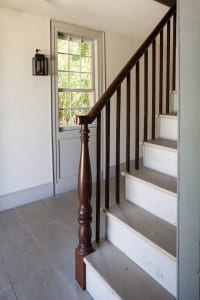At the Long Island Power Authority’s July 24 board meeting, Larry Kelly, a trial attorney, described at a public comment session how LIPA in 2006 and 2007 instituted what he called “the largest tax fraud” he’s seen in his 35 years as a lawyer, according to Huntington Town councilman, Eugene Cook (R).
Cook has independently asked New York State’s Public Service Commission Chairman John Rhodes in a letter dated Aug. 6 to review and “forcibly address” the issues.
According to Cook, Kelly alleged that LIPA used the tax system to extend tax exemptions and reductions to Caithness power plant, which was awarded a contract to build a new 350-megawatt power plant in Yaphank, and then used those low taxes to argue in court that National Grid’s four aging power plants on Long Island were overassessed.
“I also request the PSC review LIPA’s ‘unclean hands’ in the Northport filings, and the impact that should have on LIPA’s continued operations,” Cook’s four-page letter concluded. The letter was sent on a town letterhead, but was not signed by other town board members, the supervisor or the town attorney.

The term “unclean hands” is a legal defense which essentially references a legal doctrine that states a plaintiff is unable to pursue tax equity through the courts if the plaintiff has acted unethically in relation to the subject of its complaint.
The allegations are surfacing just weeks after closing arguments were presented July 30 in LIPA’s tax certiorari case with the Town of Huntington for the year 2014. It is unclear how the allegation could potentially impact the outcome of the case as post-trial deliberations continue. The unclean hands defense was not part of the town’s defense, according to the Town Attorney Nick Ciappetta, who offered no public comment on the allegations.
Kelly, a Bayport resident who ran for a New York State Supreme Court judgeship in the 2018 election, is unaffiliated with Huntington’s case, but said his obligation as a trial lawyer is to act as a steward of the law.
LIPA did not respond to email requests for comment on the public allegations.
A LIPA press release dated Jan. 25, 2006, stated that the Caithness plant in Yaphank would include a $139 million payment in lieu of taxes agreement with $100 million over 20 years going to Bellport’s South Country school district.
LIPA’s 2019 Property Tax Reduction pamphlet, which is publicly available and published on its website, highlights the value of Caithness plant in contrast to the Port Jefferson, Northport and three other plants. On page 14 of the report, LIPA stated that in 2016 Caithness paid $9.7 million annually in taxes, while the Northport plant paid “eight times” as much in taxes, or $81 million, and Port Jefferson paid “three times” as much in taxes, or $33 million.
The report also stated on page 14 that LIPA reimburses National Grid under its contract more than it earns in power revenue, a sum that factors in property taxes.
“Those losses, the amount by which costs exceed the value of power, are paid by all 1.1 million electric customers,” the report said. It indicated that LIPA’s goal for filing tax challenges in 2010 against Nassau County, the Town of Huntington, the Town of Brookhaven and the Village of Port Jefferson “in an attempt to obtain a fair tax assessment on the four legacy plants.”
In a telephone interview, Kelly referred to a Feb. 15, 2012 meeting with the Town of Brookhaven Industrial Development Agency, which recorded a Caithness representative explaining that “LIPA pays the PILOT to Caithness who then makes the PILOT payment to the IDA, and then they get a check back from New York State which is then returned to LIPA.”
The minutes further stated, “This is the only power plant on Long Island that the ratepayers are not paying any real property taxes net out of pocket for the first 10 years, resulting in a saving of $80 million.”
Kelly and Cook, in presenting the allegations publicly and to the commission, claimed that Bellport’s school district, South Country, which Cook said in his letter is comprised of 40 percent minority populations, were shortchanged tax revenue that could have funded school programs. Representatives from the South Country school district did not respond to email and telephone inquiries about their tax revenue from Caithness.
The Public Service Commission has said that it has received and is reviewing the letter from Cook. It offered no other response to questions related to its potential response.











